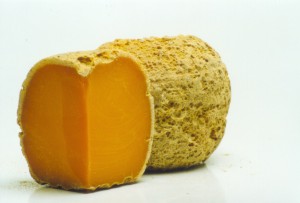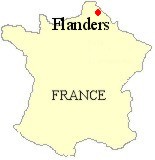

Hôtel Biron built by Gabriel and Aubert in the 18th century
The Kiss 1886 Marble Musee Rodin, Paris
The Thinker 1880 Bronze
Auguste Rodin was a French artist, most famous as a sculptor.
Auguste Rodin was a French artist, most famous as a sculptor.
He was the preeminent French sculptor of his time, and remains one of the few sculptors widely recognized outside the visual arts community. Since 1919, the sculptures of Auguste Rodin have been housed in a mansion known as the Biron Hotel
He was born November 12, 1840 and died November 17, 1917.
Auguste Rodin naît le 12 novembre 1840, 3 rue de l'Arbalète à Paris dans une famille d'origine rurale et modeste. Son père Jean-Baptiste est d'origine normande, sa mère Marie Cheffer d'origine lorraine. Du premier mariage de son père avec Gabrielle Cateneau il a une demi-sœur, Clothilde, qui semble avoir été écartée de la famille après le deuxième mariage de Jean-Baptiste. Auguste a une sœur aînée, Maria.
Many of Rodin's most notable sculptures were roundly criticized during his lifetime. Rodin's most original work modeled the human body with realism.
Rodin was sensitive to the controversy about his work, but did not change his style, and successive works brought increasing favor from the government and the artistic community.
During his lifetime, Rodin was compared to Michelangelo, and was widely recognized as the greatest artist of the era. In the three decades following his death, his popularity waned with changing aesthetic values. Since the 1950s, Rodin's reputation has re-ascended. He is recognized as the most important sculptor of the modern era.
Il a révolutionné la sculpture par une liberté de forme qu'on n'avait pas connue jusque-là. Son célèbre Penseur est tout en déséquilibre, composé de cinq triangles dans un arrangement précaire, exprimant ainsi la nature du cours de la pensée et son lien au corps.
Rodin, à l'avant-garde de son art, a laissé les moules de ses sculptures à la disposition du public. Il avait aussi préparé des copies de sa signature. Une manière pour lui de laisser d'autres prolonger son œuvre après son décès.









